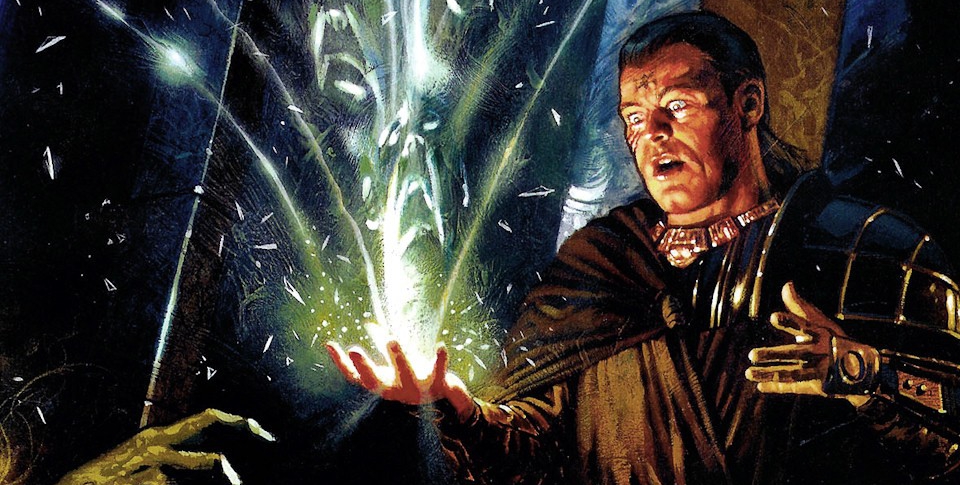
Before we get started, I want to note that there’s been a lot of great Kenobi-related content online this week—both fan-made and official. While it’s the goal of Eleven-ThirtyEight not to get bogged down in reporting every little thing, I do want to quickly shout out two awesome fan reviews—one by Bria at Tosche Station, and one by Megan at Knights’ Archive. Lastly, whether you plan on reading the book or not (though why the hell wouldn’t you?), do yourself a favor and head to EW.com to hear James Arnold Taylor, voice of Obi-Wan in The Clone Wars, read one of the book’s first-person segments in character. It’s magnificent. Anyway, ETE’s own Jay Shah and Lisa Schap received advance copies of Kenobi their own fine selves, so I thought it only appropriate to check in for their thoughts. Enjoy.
Mike: The thing that most stands out to me about Kenobi is that is might be the smallest-scale Star Wars novel ever. Not just in terms of the events of the book, but in terms of the perspectives presented, which are so tightly-focused that you don’t even know the gender of one of the major characters until halfway through. The best decision JJM made perspective-wise was to not actually tell any of the story from Obi-Wan’s point of view, instead only giving the occasional window into his mindset via his first-person attempts to commune with Qui-Gon. As for the plot itself, I feel like the whole thing could be boiled down to the word “parenting”, which is a pretty minor concern for a Star Wars book—no one is trying to take over Tatooine; no one even really cares about the Empire. Even the most outwardly antagonistic character, A’Yark, is also the one with the least power. They may be dangerous, but there is no threat whatsoever that her clan is going to wipe out the Pika Oasis. Thus, the book’s drama comes from how each of these people’s motives clash with the others’—and how even the slightest interference from Obi-Wan can totally alter that dynamic. Discuss.
Jay: The scale is small, but the ideas aren’t — and I think that’s a crucial element that Star Wars has been missing for a while. The post-NJO novels in particular have been stuck in this mindset that seems to think that a big conflict is required to discuss big issues, and that’s clearly not the case. The conflict in Kenobi is about as irrelevant as one gets on a galactic scale: we’re talking moisture farmers on a backwater dustball fighting with a group known pejoratively as either “sand people” or “raiders“. Heck, the farmers are living out in the boonies even by Tatooine standards: places like Bestine and Mos Eisley are referred to the way somebody out in the American west might have referred to glittering New York in the 19th century. Despite the technological advancement of the setting, there’s a clear sense of isolation and distance.

 Star Wars is no stranger to “genre” storytelling, and John Jackson Miller’s Kenobi,
Star Wars is no stranger to “genre” storytelling, and John Jackson Miller’s Kenobi, 

